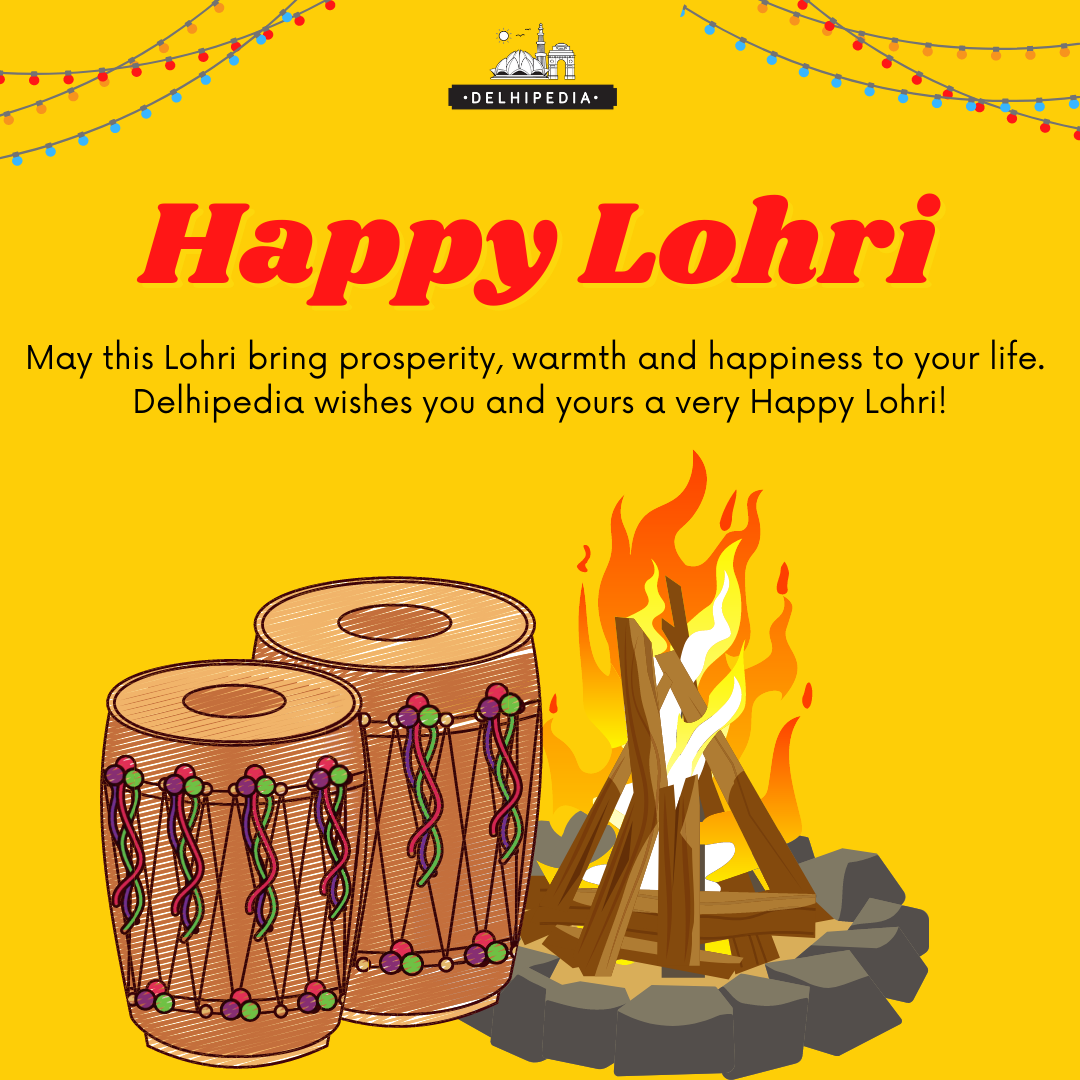It is that joyful time of the year when Lohri marks the beginning of the end of the winter season, the coming of spring and the new year. The festival is traditionally associated with the harvest of Rabi crops. The traditional time to harvest sugarcane crops is January, therefore, Punjabi farmers perceive it as a harvest festival and as a financial New Year.
Lohri is essentially a festival dedicated to fire and the sun god. Gur, rewri, peanuts and popcorn are the three essentials associated with the festival. Besides these, in Punjab villages, it is a tradition to eat gajjak, sarson da saag and makki di roti on the day of Lohri. It is also traditional to eat ’til rice’- sweet rice made with jaggery (gur) and sesame seeds.
Just like the folklore of Heer-Ranja, the land of the five rivers offers us some interesting socio-cultural and folk legends connected with Lohri. Let us know one such story. According to the cultural history of Punjab, there was a Rajput tribe called Bhatti, living in the areas of Rajasthan, Gujarat (now in Pakistan) and Punjab, during the reign of Emperor Akbar. The tribal mirasis (street singers) trace the history of the tribe and claim Maharaja Ranjit Singh as their scions. Dulla Bhatti- Raja of Pindi Bhattian, was like Robin Hood, who robbed the rich and gave it to the poor. He once rescued a girl from kidnappers and adopted her as his daughter. This incident became the motivation behind eulogising and remembering the hero every year on Lohri. Groups of children moved from door to door, singing the Dulla Bhatti folk-song: “Dulla Bhatti ho! Dulle ne dhi viyahi ho! Ser shakar pai ho!” (Dulla gave his daughter a kilo of sugar as a marriage gift!)




